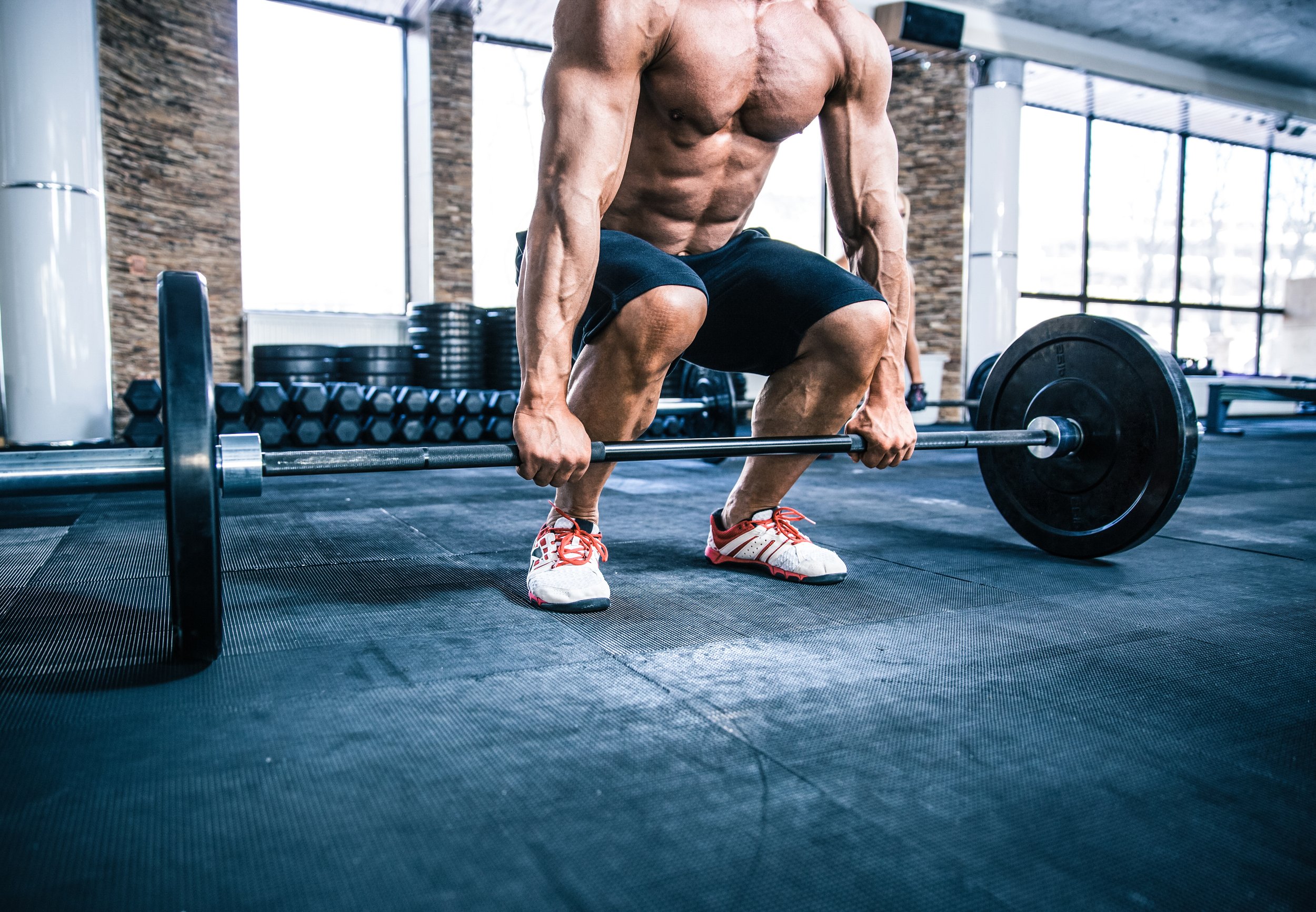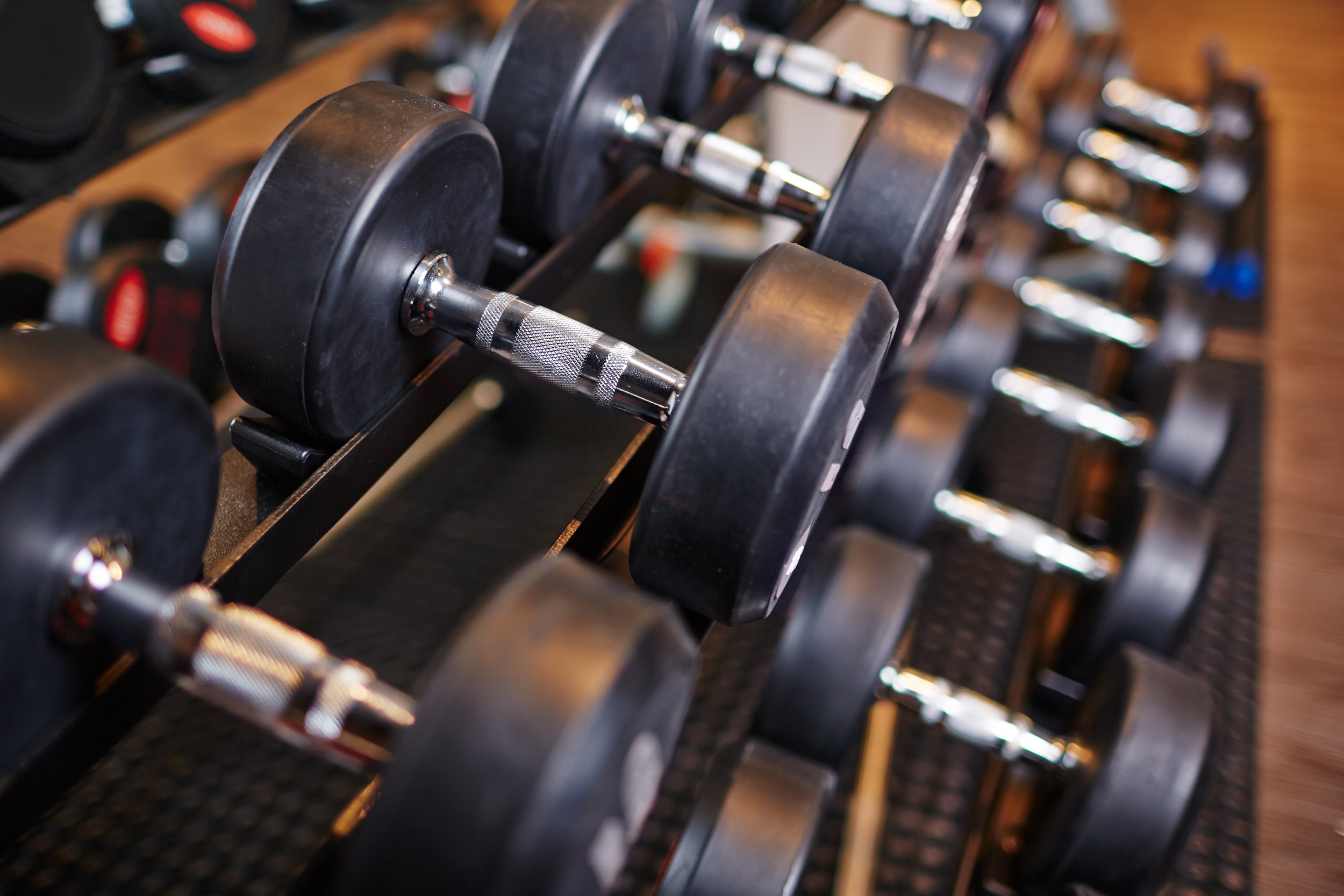Why Is The Trap Bar Deadlift Superior?
trap-bar-deadlift-barbell-hex-hip-posterior-bodybuilding-powerlifting-strongman
Takeaway Points:
The trap bar deadlift is a deadlift making use of the specialty trap bar/hex bar.
This lift has some unique benefits and disadvantages compared to the traditional deadlift.
Interestingly, it’s probably more useful than the traditional deadlift for most people, but that won’t stop most people from continuing to use the straight bar deadlift anyway.
The trap bar, also sometimes known as a hex bar, is a specialized barbell which consists of a hexagonal center space with two barbell sleeves extending from opposite ends, and two parallel handles for the user to grip onto.
The primary purpose of this bar is to deadlift with, a specialized variation called the trap bar deadlift. But what are the unique benefits and disadvantages of this lift, and how can we use it effectively?
The Disadvantages
The biggest disadvantage is probably the reason most people aren’t using the trap bar - if you’re deadlifting, chances are that you want to get stronger at deadlifting, and the only kind of deadlifting that most people really care about is the traditional straight bar deadlift.
When it comes to competing as a powerlifter or olympic lifter, you absolutely need to be good at straight bar pulling, because this is what carries over to your main sport. For these lifters, the trap bar will sadly unlikely be much more than an accessory exercise, if it’s used at all. There are plenty of accessory deadlift exercises that have plenty of carryover to traditional deadlifting (RDL’s, deficit deadlifts, pause deadlifts, etc.), so most people probably wouldn’t bother with getting out the trap bar.
The trap bar is also a specialty piece of equipment, and it’s a bit bulky and odd to store compared to the easy upright storage of the traditional barbell. As a result, it’s less common to see it in traditional gym settings, and it may not always be available depending on your situation. Many people may choose not to use it just because getting it out and using it involves a minor bit of added annoyance moving equipment around.
Personally, an issue that I had at some gyms I trained at, was that they had crappy, cheap hex bars that you could only put about 405lbs on maximum, and this just wasn’t enough to be challenging since I was already a decent bit stronger than that.
The Advantages
That said, the lift does have some unique advantages compared to your traditional deadlift.
A while back, Greg Nuckols had an excellent writeup about how the research validates that the trap bar deadlift may be better than expected for a lot of purposes, including muscle building and athleticism.
The exercise is a bit easier to learn, and potentially a bit safer compared to a traditional deadlift, making it better for beginners. It can engage a bit more muscle mass since the lift involves a bit more of a “squatting” movement pattern, and it can be more beneficial for non-strength-sport athletes (namely, everybody who participates in a field sport, or lifts to benefit another sport).
There are also some strength sport applications where it does have more carryover, particularly in strongman, in which some events require you to be good at deadlifting with a parallel grip. Bodybuilders could benefit from the additional muscle mass engaged, and may find that it’s a slightly less fatiguing way to train the lower body than the traditional deadlift (which causes many bodybuilders to avoid the lift in the first place).
The bar also enables some other applications, like mimicking a farmer’s carry, since you can effectively walk with the trap bar lifted in a way that you can’t do with a straight bar.
Is this the right lift for you?
Realistically, the advantages actually mean that this is probably a better lift for most everybody who doesn’t need to train for a specific lifting sport - a shame, since it’s not very popular. Even many people who have other training goals that do not necessitate using the straight bar, would probably keep doing so anyway just because it’s popular, and this generates a kind of subtle bias against the trap bar. Certainly, I keep deadlifting with the straight bar because I train as a kind of powerbuilder with an emphasis on continuing to increase my strength in my squat, bench, and deadlift.
But, if you have a trap bar available and it’s a good fit for your training goals, I’d certainly recommend giving it a try and seeing if it’s the right fit for you.
About Adam Fisher
Adam is an experienced fitness coach and blogger who's been blogging and coaching since 2012, and lifting since 2006. He's written for numerous major health publications, including Personal Trainer Development Center, T-Nation, Bodybuilding.com, Fitocracy, and Juggernaut Training Systems.
During that time he has coached thousands of individuals of all levels of fitness, including competitive powerlifters and older exercisers regaining the strength to walk up a flight of stairs. His own training revolves around bodybuilding and powerlifting, in which he’s competed.
Adam writes about fitness, health, science, philosophy, personal finance, self-improvement, productivity, the good life, and everything else that interests him. When he's not writing or lifting, he's usually hanging out with his cats or feeding his video game addiction.
Follow Adam on Facebook or Twitter, or subscribe to our mailing list, if you liked this post and want to say hello!
Enjoy this post? Share the gains!
Ready to be your best self? Check out the Better book series, or download the sample chapters by signing up for our mailing list. Signing up for the mailing list also gets you two free exercise programs: GAINS, a well-rounded program for beginners, and Deadlift Every Day, an elite program for maximizing your strength with high frequency deadlifting.
Interested in coaching to maximize your results? Inquire here.
Some of the links in this post may be affiliate links. For more info, check out my affiliate disclosure.







